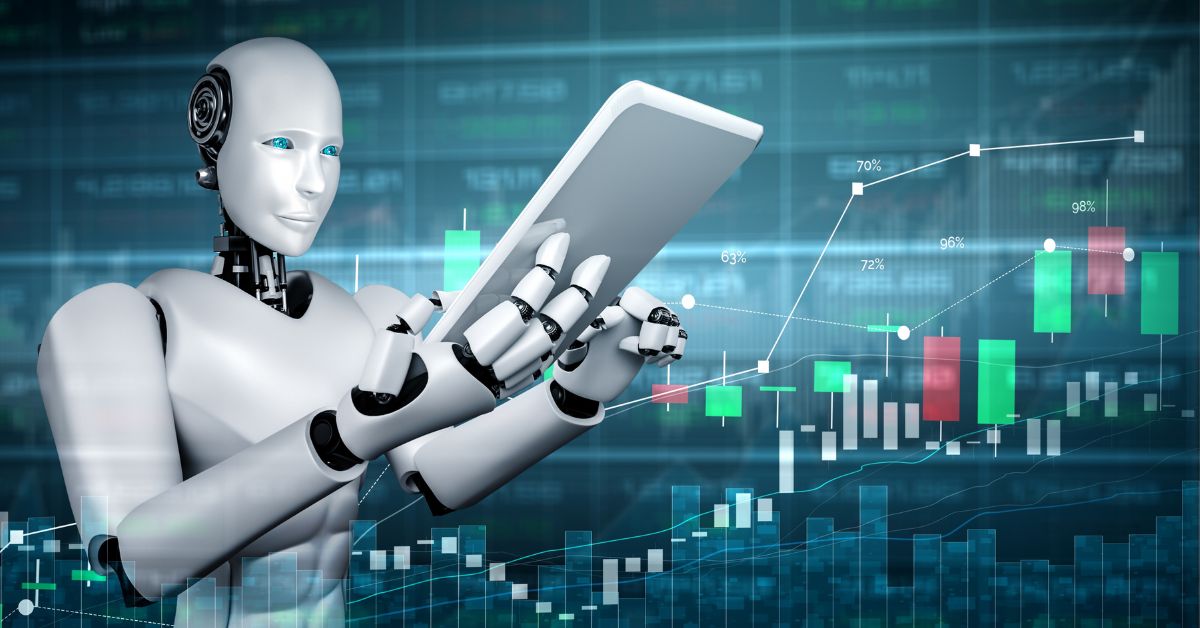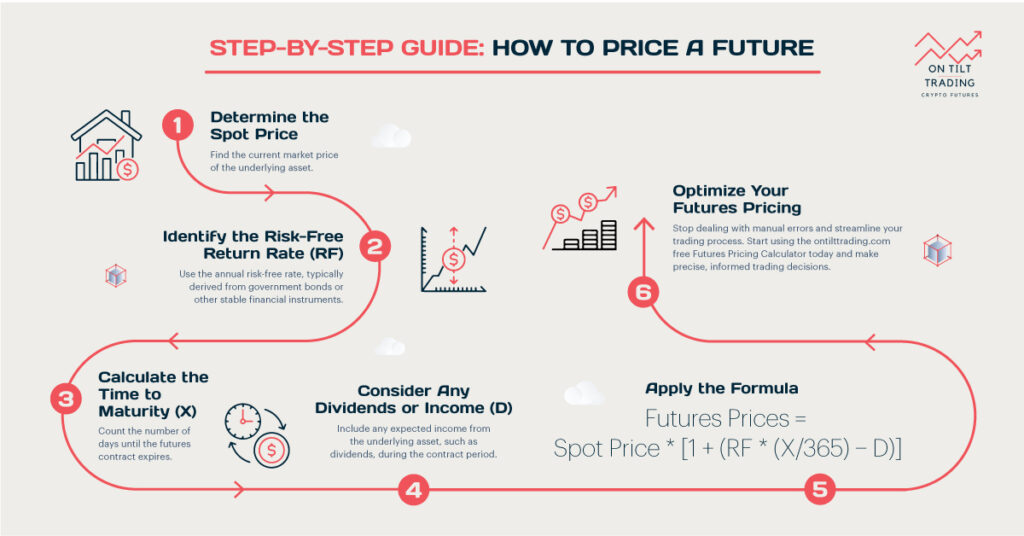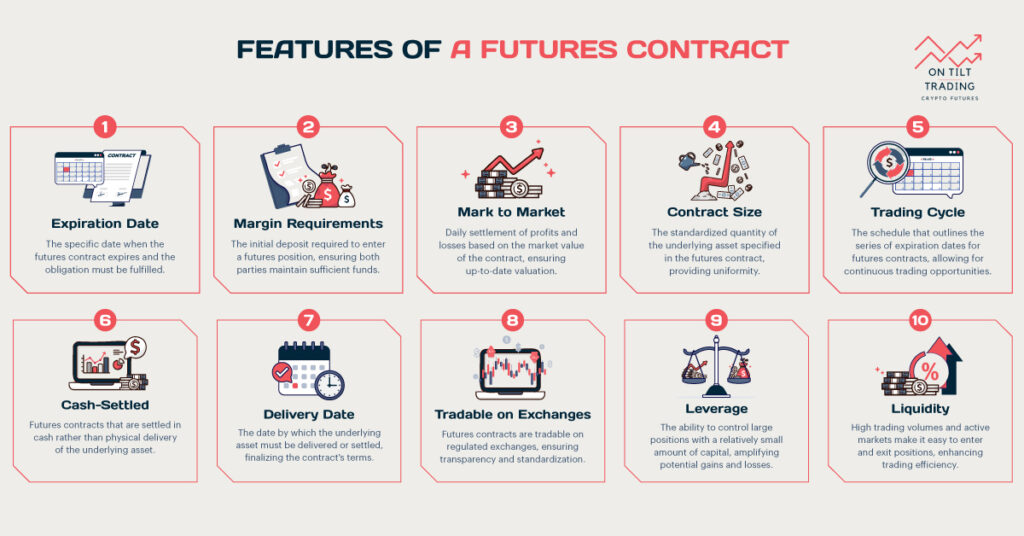Automated trading bots have revolutionized financial markets, offering traders the ability to automate their strategies. Bots use advanced algorithms and machine learning to analyze market data, execute trades, and make better decisions. But are AI trading bots genuinely profitable? In this article, we’ll explore AI trading bots, examine their advantages and disadvantages, and see if they’re able to generate profits consistently.
If you’re looking for a reliable crypto trading platform, Prime XBT offers a range of tools and resources to enhance your trading experience. The platform provides the necessary support to maximize your trading potential no matter what level of trader you are. So, join PrimeXBT today! Use promo code PRIMEOTT to receive a +7% bonus on your deposit.
What Are AI Trading Bots?

AI trading bots are advanced software programs that use artificial intelligence to automate trading decisions. Unlike traditional bots, they analyze large amounts of market data and adapt to changes. These bots execute trades at high speeds, often faster than humans can.
They are designed to work 24/7, identifying opportunities in real-time. AI trading bots come in various types, each specializing in different trading strategies, such as high-frequency trading or trend-following, making them versatile tools for traders.
How AI Trading Bots Work
The AI trading bot analyzes market data using machine learning algorithms. They continuously process historical and real-time data to identify patterns and trends. Once a profitable opportunity is detected, the bot executes trades automatically without human intervention. These bots also adapt their strategies based on changing market conditions.
Some bots are pre-programmed, while others learn from data over time, improving their accuracy. The bots rely on data sources like price movements, trading volumes, and news feeds. AI trading bots use this data-driven approach to maximize profits and minimize risk for traders.
The Benefits of Using AI Trading Bots

AI trading bots offer several key benefits that can enhance trading performance. Such as:
Speed and Efficiency
AI trading bots execute trades with remarkable speed, far beyond human capabilities. This speed allows them to capitalize on even the smallest price fluctuations in the market. Unlike humans, who may hesitate or delay, AI bots act instantly based on pre-set algorithms. They can process multiple trades simultaneously, ensuring that no opportunity is missed.
This efficiency is especially beneficial in high-frequency trading, where every millisecond counts. The ability to make quick, accurate decisions gives AI trading bots a significant edge in the fast-paced financial markets.
Emotionless Trading
AI trading bots eliminate emotions from the trading process, leading to more consistent results. Human traders often struggle with emotions like fear, greed, and hesitation, which can lead to poor decisions. AI bots, on the other hand, follow predefined strategies without emotional influence.
It allows them to stick to the plan, even in volatile markets. By removing emotions, AI trading bots reduce the risk of impulsive or irrational trades. This consistency can lead to better long-term performance and more reliable trading outcomes.
24/7 Operation
AI trading bots operate around the clock, providing continuous market monitoring and trading. Unlike human traders who need rest, AI bots can trade 24/7. This nonstop operation is beneficial in global markets, where trading occurs in different time zones.
AI bots can react to market changes at any hour, ensuring that opportunities are never missed. Traders benefit from price movements and trends that occur overnight or during off-hours due to this constant vigilance. The ability to trade continuously gives AI trading bots a distinct advantage in maximizing profits.
Data-Driven Decision Making
AI trading bots are powered by vast amounts of data, allowing them to make informed decisions. They analyze historical and real-time data to identify trends, patterns, and opportunities. Unlike human traders, who may overlook specific details, AI bots process all available information simultaneously.
A data-driven approach ensures that trading decisions are based on solid evidence instead of guesswork. AI bots can quickly adjust strategies based on new data, adapting to changing market conditions. This reliance on data enhances accuracy and increases the likelihood of making profitable trades.
The Potential Drawbacks of AI Trading Bots
Although AI trading bots offer numerous advantages, they may also present some drawbacks. Such as:
Complexity and Cost
AI trading bots can be complex and costly to develop and maintain. Building a sophisticated AI bot requires advanced programming skills and knowledge of financial markets. Additionally, the cost of acquiring or creating a high-quality AI trading bot can be significant. Ongoing maintenance, including regular updates and adjustments, adds to the expenses.
Moreover, the infrastructure required to support AI bots, such as powerful servers and reliable data feeds, can be expensive. These costs may be a barrier for individual traders or small firms looking to use AI bots.
Overfitting and Market Volatility
AI trading bots may struggle with overfitting and market volatility. Overfitting occurs when a bot is too finely tuned to historical data, making it less effective in real-time trading. It can result in poor performance when market conditions change. Additionally, AI bots may struggle during periods of extreme market volatility.
Rapid, unpredictable price movements can lead to losses if the bot’s algorithms aren’t adequately designed to handle such conditions. These challenges highlight the need for careful monitoring and adjustment of AI trading strategies, especially in volatile markets.
Regulatory and Ethical Concerns
AI trading bots raise regulatory and ethical concerns that must be considered. If not correctly regulated, the use of AI in trading can lead to market manipulation. For example, high-frequency trading bots can create unfair advantages, potentially disrupting market stability.
Additionally, the lack of transparency in AI algorithms raises ethical questions. Traders and regulators may not fully understand how decisions are made, leading to mistrust. As AI technology continues to evolve, it’s crucial to address these concerns to ensure fair and ethical trading practices. Regulatory frameworks may need to adapt to these challenges.
Are AI Trading Bots Profitable?

AI trading bots can be profitable, but results vary. Their success depends on factors like market conditions and bot configuration. In stable markets, they may perform well by leveraging data-driven strategies. However, in volatile or unpredictable situations, their performance can suffer.
Profitability also hinges on the quality of the bot’s algorithms and the accuracy of the data it uses. Some bots deliver impressive returns, while others may not meet expectations. Overall, AI trading bots have the potential to be profitable, but careful selection and monitoring are essential for achieving desired outcomes.
Factors That Influence the Profitability of AI Trading Bots
Several factors affect the profitability of AI trading bots. The market can affect how well a bot performs, with stable markets often doing better.
Market Conditions
Market conditions significantly impact the profitability of AI trading bots. In stable and trending markets, these bots can effectively leverage their algorithms to capitalize on predictable patterns.
However, in highly volatile or unpredictable markets, their performance may need to be more reliable. Sudden market shifts or irregular price movements can challenge the effectiveness of pre-set strategies. Understanding current market conditions is crucial for assessing how well an AI trading bot may perform.
Bot Configuration and Strategy
The configuration and strategy of an AI trading bot play a critical role in its profitability. A well-designed bot with an effective strategy can exploit market opportunities efficiently. However, poorly configured bots or those with suboptimal strategies may underperform.
It’s essential to choose or develop a bot with a strategy that aligns with your trading goals and risk tolerance. Regularly updating and optimizing the bot’s configuration can help improve its performance and profitability.
Data Quality and Sources
Data quality and sources are vital for the success of AI trading bots. These bots rely on accurate, timely data to make informed trading decisions. High-quality data helps the bot to identify trends and execute trades effectively.
Conversely, poor or outdated data can lead to inaccurate predictions and losses. Ensuring that the bot has access to reliable and high-quality data sources is essential for maintaining its profitability.
Continuous Monitoring and Updates
Continuous monitoring and updates are crucial for maintaining the profitability of AI trading bots. Markets are dynamic, and strategies that work well today might not be effective tomorrow.
Regularly reviewing and adjusting the bot’s algorithms and strategies helps it adapt to changing market conditions. Without ongoing monitoring and updates, an AI trading bot’s performance may decline over time. Ensuring that the bot is frequently optimized can help sustain its profitability and effectiveness in varying market environments.
Conclusion
Several factors determine whether AI trading bots succeed or not. Performance depends on market conditions, bot configuration, data quality, and continuous updates. Even though AI trading bots are fast and efficient, they also have challenges.
If you are looking to enhance your trading strategies, we offer a wide range of trading tools and private coaching sessions at our On Tilt Trading Stor. Use promo code OTT10 at checkout to receive 10% off your order and elevate your trading game today!



